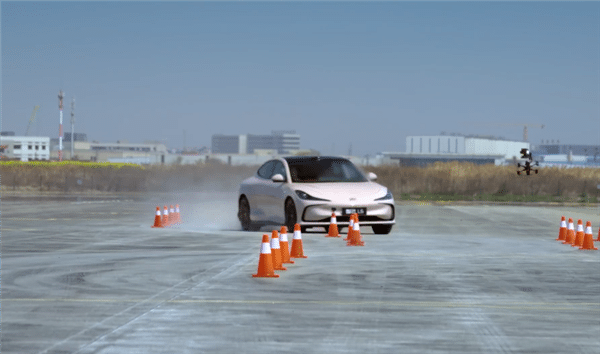IM L6 does the moose test driverless
In a just released video the IM L6 sedan manages to do the moose test at 71 km/h. Not such an impressive speed until you realize that it did this driverless. In the run up to the car’s launch in May, SAIC are heavily pushing the car’s capabilities especially with regard to its ‘smart digital chassis’ and have also shown the IM L6 performing other near impossible car feats.
Usually the moose test, also known as an elk test, is performed with one person in each seat along with weights in the trunk but it seems the IM L6 test was done empty. The maneuver involves avoiding an imaginary obstacle by swerving and then swerving again to put the car back on the original driving line.
Manned the IM L6 should be able to do the moose test at a greater speed. Key to the test if the stability of the car, the first generation Mercedes-Benz A-Class famously overturned at a speed of 60 km/h when attempting the test.
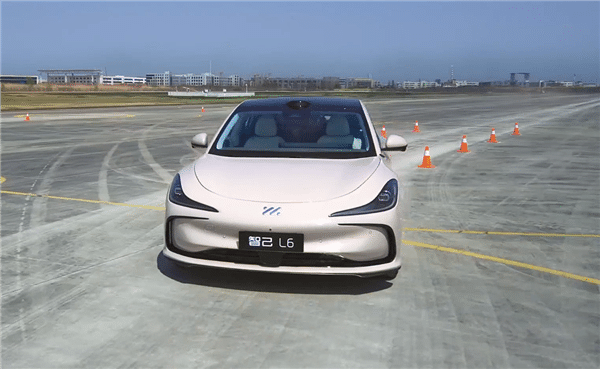
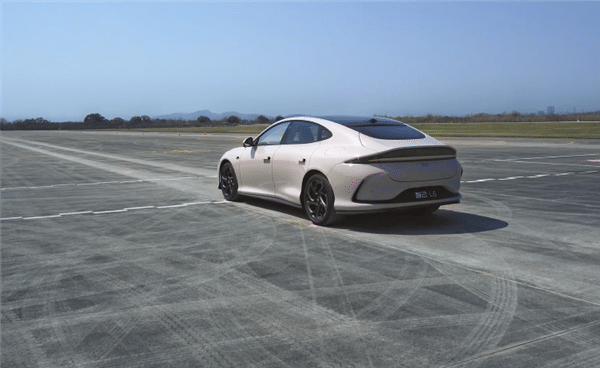
Probably helping the IM L6 achieve the result is the cars four wheel steering system. This forms part of the self-developed smart digital chassis which enables the car to do things such as crab walking, turning 45° on the spot, and revolutionizing parallel parking.

Key to achieving such maneuvers is the car’s vehicle motion controller (VMC). After receiving commands it can control motion in six directions (front, rear, left, right, up, down) via coordination between the steering, braking and suspension.
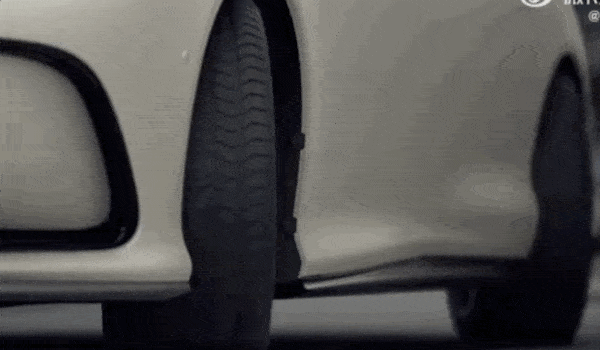
We will probably learn more about the ‘smart digital chassis’ at the IM L6 Technology Conference on April 8. We will also likely learn more about the new 130 kWh battery which should give a CLTC range in excess of 1,000 km. Interestingly Fast Technology are now referring to this as semi-solid state rather than solid state which has previously been reported.
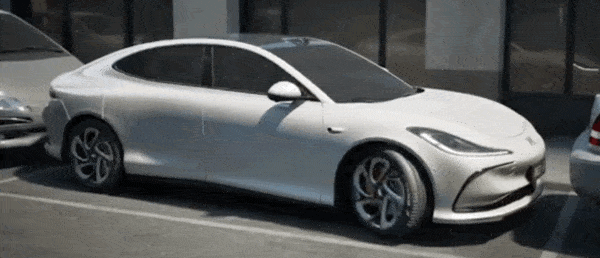
The IM L6 debuted in February at the Geneva Auto Show and should spearhead the brands push in to export markets. Length, width and height of the new car are 4931/1960/1474 mm, and the wheelbase is 2950mm. Weight is 2040 kg for the rear wheel drive version and 2250 kg for the all-wheel drive performance version. The rear wheel drive car gets a 250 kW electric motor whereas performance versions swaps that out for a 379 kW motor and add a 200 kW motor to the front axle.
At launch the car will come with a choice of 90 or 100 kWh ternary lithium (NCM) battery packs from CATL. The smaller pack gives the rear wheel drive version a 720 km CLTC range and the all-wheel drive 700 km whereas the 100 kWh battery gives 770 km and 750 km respectively.
IM Motors was founded in 2020 as a joint venture between SAIC Motor, Alibaba Group, and Zhangjiang Hi-Tech. The first model was the L7 sedan which went on sale in 2022 and has since been followed by the LS7 and LS6 SUVs.
Editor’s note:
To pass the moose test the car must be able to do the test at 72 km/h, so actually the IM L6 failed the test. This however is a technicality. Few drivers are likely to have actually tried such a maneuver and from personal experience I was only able to achieve around 60 km/h in a Nio ES6 although Nio says it has exceeded 80 km/h. So it is unlikely that many drivers who have no real experience with the test would be able to match the driverless 71 km/h speed.
Obviously the IM L6 looks very impressive in the gifs doing all the maneuvers but the question I think everyone must be asking is can a regular driver do this with the car and how easy will it be to do. Hopefully the IM L6 Technology Conference will answer some of our questions about the car and its capabilities.
The IM L6 is shaping up to be one of the cars to watch this year following on from the Xiaomi SU7. The IM brand has so far underwhelmed both in terms of the technology promised by the brand’s premise and by the actual sales. It looks, though, that the IM L6 may well be the brand’s breakout car.
Source: Fast Technology



